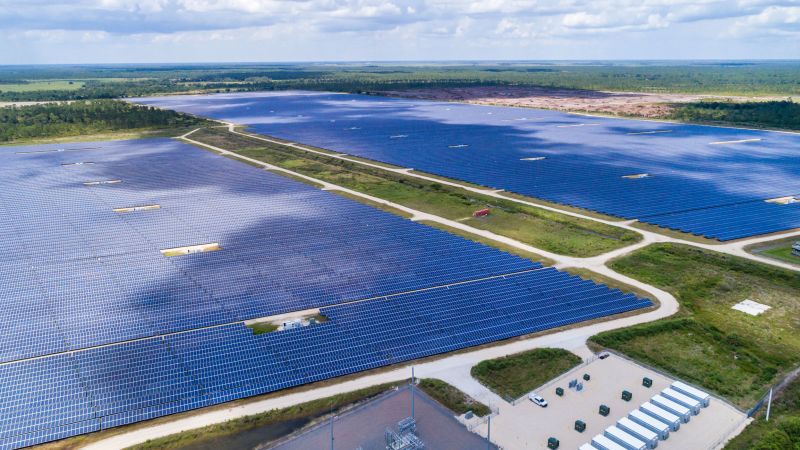Art Deco
Well-Known Member
- Region
- USA
- City
- Selinsgrove Pennsylvania
As long as your panels are not mounted on asphalt shingles or other poison, it should be fine. Even runoff from metal roofs is potable, and solar panels are glass. A gutter across the bottom of an array into a rain barrel or cistern would certainly be worthwhile. I keep a small pond (200 - 300 us gal. ?) full year around from runoff.Does anyone have experience with water catchment from a solar carport? If so, any pearls of wisdom you would like to pass on? ( nb I'm asking from Australia so US regulations / brands are irrelevant)
-
I already have a functional solar to grid roof installation on my small shed (12 x 7.5 m shed) , but I'm thinking about extending the roofline of the bigger shed with a solar carport - probably 3 -4 m x 25 m of panels along the solar access edge of that shed so we can park horse floats / tractors / trailers under it , charge 1/2 ev's in the future and use those ev's to power the shed ( which currently runs on it's own small independent solar )
We use exclusively tank water , so any extra catchment means more water for the vege gardens. That water isn't valuable enough to justify a separate roof under the panels for catchment, but I could probably justify gutters along the edge of the panels. The trouble is our solar installers know all about catching sunshine but nothing about catching water. Shed installers don't seem to understand the logistics of supporting solar panels...and plumbers charge more than electricians.....
Last edited:
